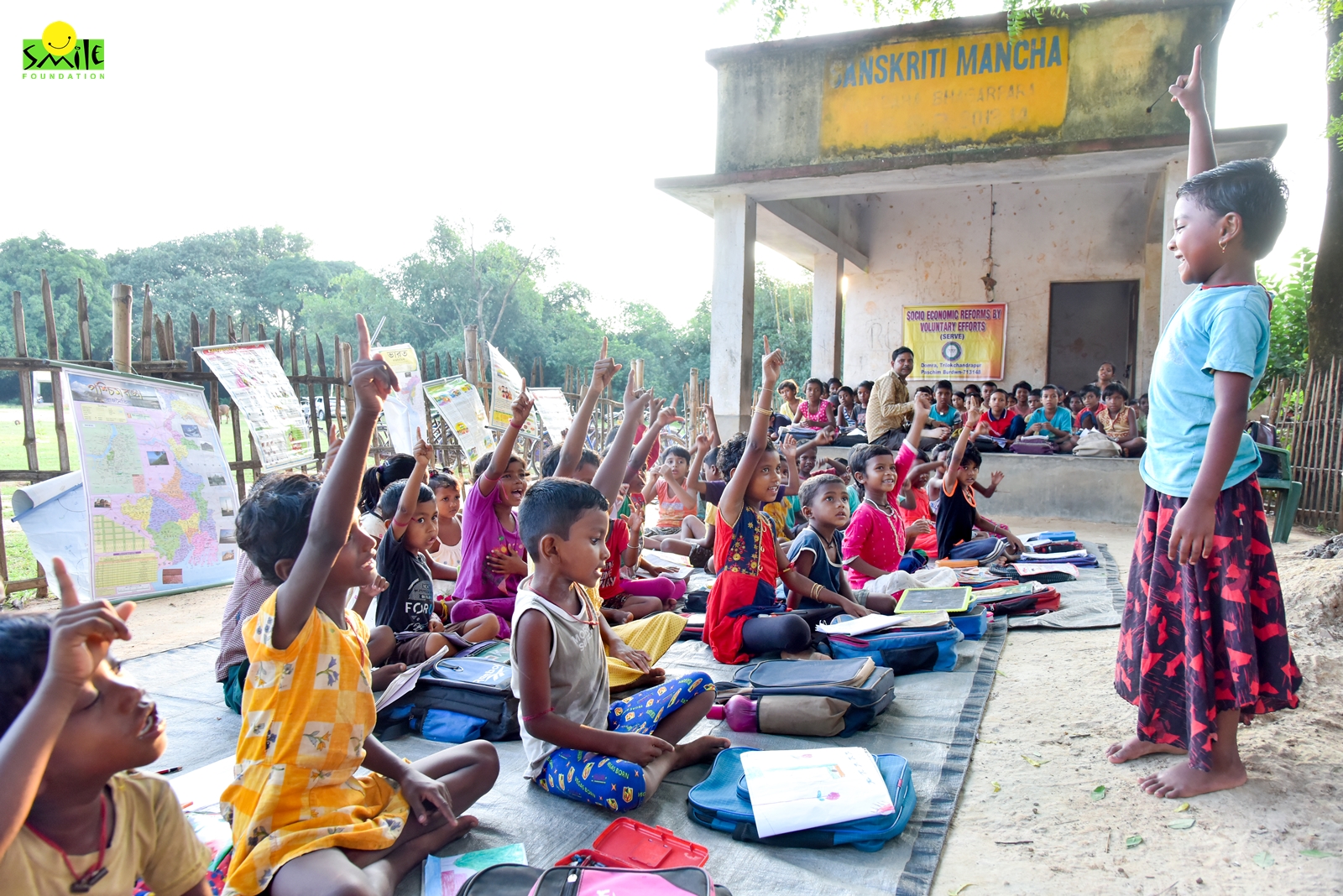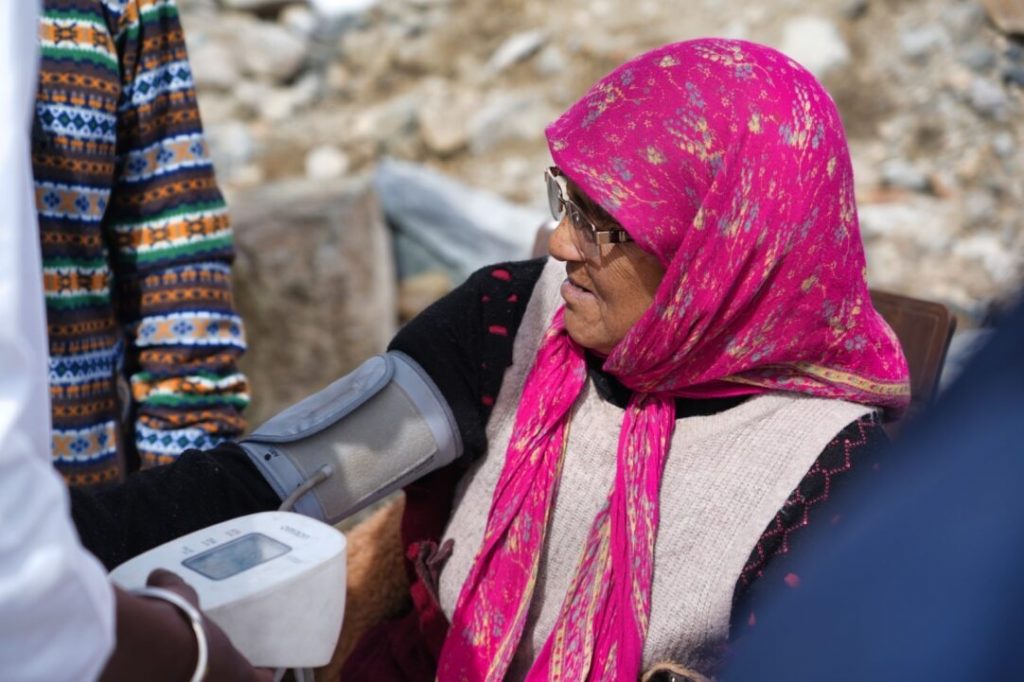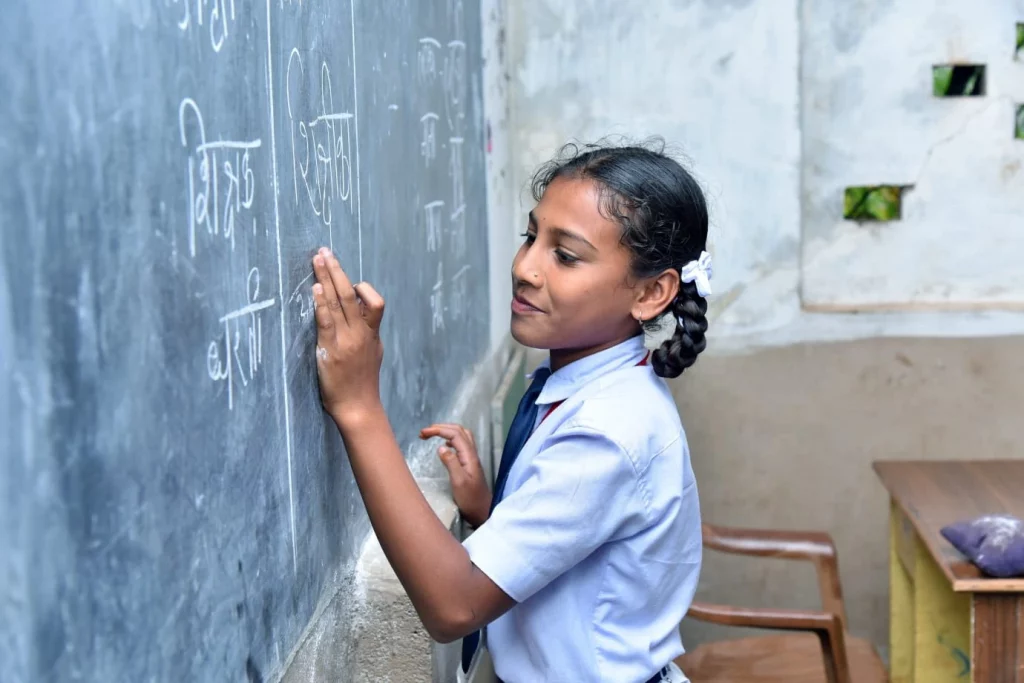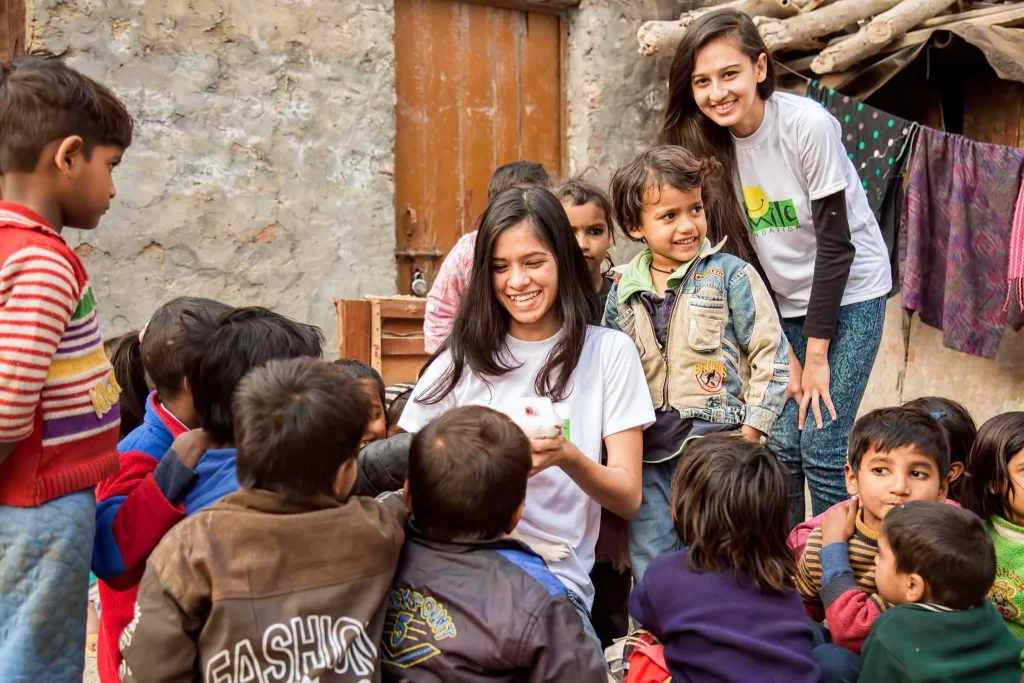The Indian education system is undergoing a metamorphosis. The country has suffered a significant brain drain in the last few decades due to its wanting education system and lack of higher education options.
Lakhs of Indian students moved overseas to pursue higher studies, with many staying back to build their lives in foreign lands. It was (and still is) a big problem for the Indian government as the ambition of the nation requires exceptional talent.
Changing the education system could solve the problem to an extent, and the Government of India (GOI) has recognised it. The government introduced the National Education Policy (NEP) 2020 to transform Indian education and properly leverage the talent of its youth.
It’s an exciting policy that can make India a desirable option for students, but the impact of technology on education in India cannot be underestimated. Existing and new technologies like ChatGPT can impact the Indian education system and propel students to break new ground.
How Technology can Change Education in India
OpenAI‘s ChatGPT is one of several large language models (LLMs) revolutionising how people work. Its tremendous potential can also be applied to education and bring seismic change to students’ learning. Below are a few ways ChatGPT and other modern technologies can be used in education in India.
Provide Personalised Learning
The traditional Indian education system found it hard to deliver personalised learning. The uneven wealth distribution in the country meant not every student could afford formal learning and gain some level of a personalised learning experience.
This remains a significant problem in various parts of the country. Using modern technology in education can solve this to an extent. OpenAI and other technological think tanks can create AI-powered systems capable of creating personalised learning modules for students.
These systems can analyse students’ profiles, evaluate their learning speed, and track performance. The models can quickly create personalised learning modules for thousands of students, depending on the results.
Create Learning Content in Several Languages
The Indian Constitution recognises 22 major languages of India, but there are over thousands of different regional and local languages. However, the education system in India usually imparts education in only a few common languages, making it a challenge for kids and students.
The system demands they learn a new language from scratch to gain knowledge. This is an area where OpenAI’s language learning capabilities come to the fore. Technology can help students learn a new language more easily than in classrooms.
Advanced artificial intelligence (AI) models can also generate human-like texts in any language, allowing students to continue learning the language they know.
Use of Technology in Education: Make Education More Accessible
Technology makes things accessible. It doesn’t discriminate or factor in socioeconomic status, allowing everyone to leverage its potential.
This feature is especially useful in education in India, where accessibility is one of the more considerable challenges. The country has world-class schools and colleges, but the lack of grassroots infrastructure and uneven wealth distribution makes it challenging for students to enjoy the same opportunities.
OpenAI’s tools, like ChatGPT, are freely accessible (at least right now), allowing every student to use it to their advantage. The model can provide the right information and knowledge about every topic and subject to students from all areas of the country.
Improve the Quality of Education
The quality of education in India is uneven. Some national institutes are excellent, offering tremendous exposure and giving students the platform to shine on the global stage.
However, others could be better. Using OpenAI’s tech capability, the Indian government can bring uniformity to Indian education.
Language models and advanced bots have the potential to enhance teaching and learning. They can provide teachers and students with trending knowledge material on a topic and the changes happening in different industries in real-time. It can spark innovation and arm students with all the information they need on the subject of their choice.
Train Teachers for the Future
Teachers are the cornerstone of students’ success. Their methods and desire to see their students succeed can help students tackle all obstacles.
However, the quality of teachers and their learning methods have hindered students’ learning in India. Many teachers in the country believe in the same old teaching methods, which cannot yield success in the changing world.
Using technology for teaching and learning is a possible solution. OpenAI’s systems can provide personalised training to teachers at scale. Thousands of teachers can learn innovative teaching methods from home and test them in their classes. Teachers can also track the performance of their new methods with the AI systems and generate feedback on their strengths and weaknesses.
Gamify the Learning Experience
One of the advantages of technology in education is that it can make learning fun. With the right use of technology, the learning process becomes engaging for students. Challenging concepts also become easier through audio and video tools.
OpenAI and other language models can also use games and cartoon references to help students gain knowledge. These models can gamify objects and things to help students learn arithmetic, languages, history, etc.
Due to the gamification of academic content, students can spend more hours learning and simultaneously have fun. Gamification of educational content can also increase students’ problem-solving, critical thinking, and collaboration skills: skills they’ll need throughout life.
Use of Technology in Education: Leverage Virtual and Augmented Reality
Virtual and augmented reality (VR and AR) are increasingly disrupting industries. They’re more immersive and interactive, helping companies engage more closely with their customers.
The two tools can be game-changers in education as they can help students experience what they’re learning on a sensory level. With VR, students can enter a new world to test their learning and see concepts up close.
Similarly, AR can digitise real-world objects and fundamentally make students understand objects, things, and concepts. Teachers can also leverage both VR and AR to create new and exciting learning experiences for their students, increasing their understanding.
Future of Education
We’re only scratching the surface regarding the impact of technology on education in India. The potential of ChatGPT and other AI models and technologies is unknown, but the early signs are these technologies can be used in education in India.
The government and educational institutions must recognise the opportunities AI systems provide and leverage them to create innovative and engaging learning environments for the country’s future.
Smile Foundation and Education
Smile Foundation wants every child to return to school and continue their education so that they become financially independent and contribute wholesomely towards the nation’s narrative-changing discourse. Futuristic tools are being increasingly made part of the education kits at Smile Foundation centers.
Things look quite hopeful for children and the nation both. Make a change here!










